What is the difference between low and high-end quartz watches?
At their heart, a mechanical and a quartz watch do the exact same thing; they measure time by measuring oscillations. In a mechanical watch, this happens at the escapement. The hairspring on the escapement moves back and forth at a speed that is dependent on its length and curvature, deliberately releasing the energy stored up in the mainspring at a consistent rate. On most mechanical watches, the hairspring will oscillate between 2.5hz and 4hz. In a well-made mechanical watch that’s been taken proper care of, this can lead to an accuracy of within a few seconds a day, or about a minute per month. The higher the oscillation rates, the more stable the rate is. Explaining why that happens is a physics problem that I will not attempt to explain here; suffice it to say that higher oscillations mean more accuracy.

Quartz crystal tuning fork with circuitry
When you run an electric current through a quartz crystal, it will slightly deform and produce a small amount of electricity, materials that do this are called piezoelectric. This ability means that if you cut the crystal in the right shape, usually in the shape of a tuning fork, and run an electric current through the crystal, it will deform at a very specific rate. The rate at which a quartz crystal deforms, and goes back to its original state, can be measured as an oscillation. This happens at a speed of 32,768hz, a bit faster than what’s possible with springs and gears, and with great speed comes great accuracy. With simple circuitry, we can measure this oscillation and accurately move a watch one second forward, either digitally or mechanically with a stepper motor.
So now that watchmaking 101 is out of the way, the question that remains is: If all quartz watches use the same high accuracy oscillator, is there a difference between the lower and higher price point watches? The answer is yes; thank you for reading.
Entry level quartz watches

Everyone loves a G-Shock
Ok, so maybe you want a little more information than that? Let’s start with the lower-priced point watches. The watches that you find on sale at a big box store for under $50. With a quartz crystal inside with basic circuitry, these can be more accurate than almost any mechanical watch. The downside is that the gearing that moves those hands is made of plastic, without regard for the micron tolerances that high-end watchmaking prides itself on. Even with this cheaply made gear train, this kind of watch will be accurate to within 20 seconds a month. That is right, a cheap plastic quartz is three times more accurate than a high-end luxury mechanical timepiece that can cost five figures or more. The plastic gears will wear out, the circuitry will degrade, and no one will bother fixing this kind of watch. It’s a disposable tool destined for the trash heap. A family heirloom to be passed down? This is not it.
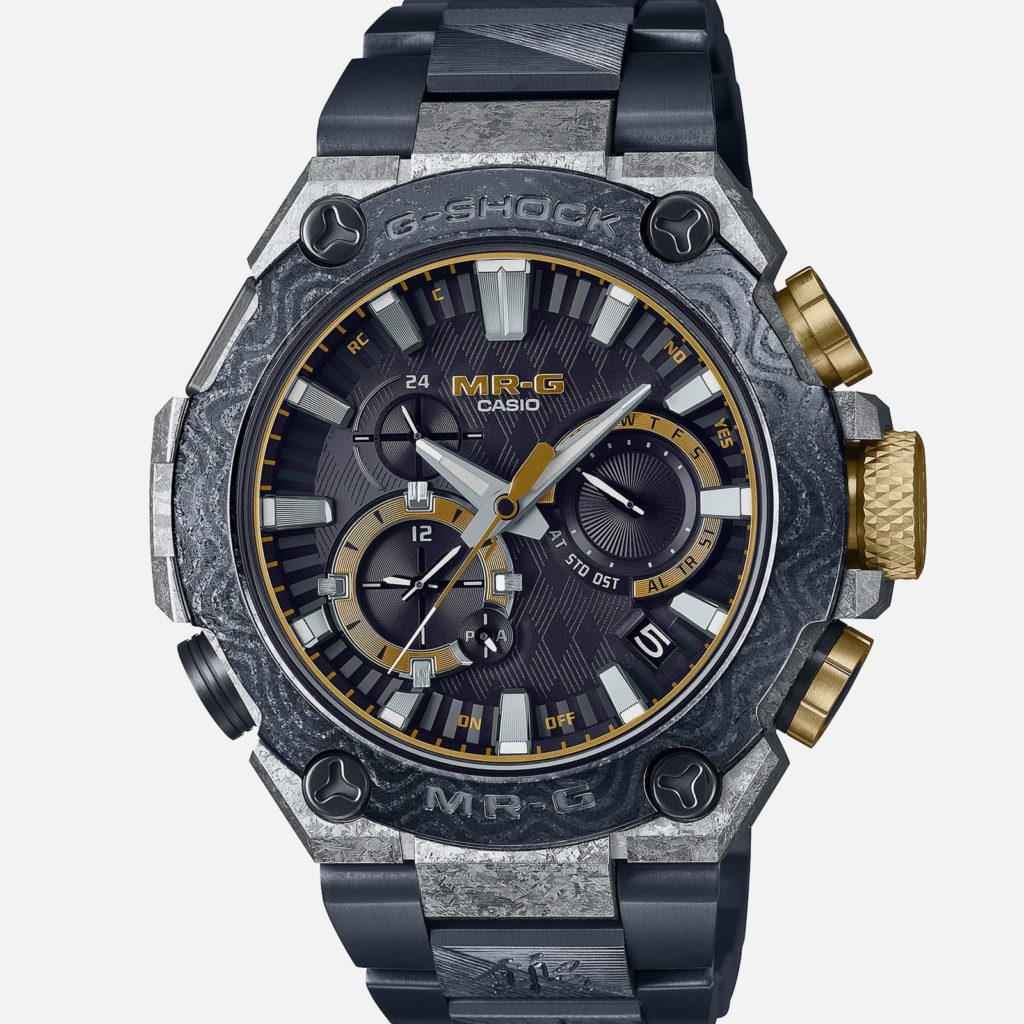
Not your typical G-Shock, with hand finished metal casing
Next up are digital quartz watches. These are your basic Casio watches that display the time from a screen with no plastic gears grinding away inside. This is pure computer brilliance with a crystal at its center, giving a pretty standard accuracy across the board of plus or minus 15 seconds a month. The difference between the entry-level digital and a Casio MR-G is not about the circuitry inside but about the build quality on the outside of the watch. Is the band made of a cheap resin, or is it hand-polished metal with a slight beveling on the side that requires a practiced hand to achieve? Is the case a simple shape that’s formed in a mold, or is it hand-painted with custom graphics? These are the things that make the price difference. The inside circuitry does not have much variation and is usually a minimal cost to the overall price of the watch.
Luxury quartz watches
Now let’s move into the world of luxury quartz watches. These are the watches that start to have a cost with a comma in the price tag. Breitling’s Superquartz movements are an example of what comes next as we move up the price ladder. A quartz crystal’s oscillation rate will vary slightly if it is heated or cooled, and this can lead to a quartz watch losing or gaining more time than it should. The Breitling movements are thermocompensated, which means the circuitry considers changes in temperature and adjusts the measurement of the oscillation in the crustal accordingly. These movements are still within 15 seconds a year, but that will not change if you are in a snowball fight or jogging on the beach. The other price factor is that this is not your plastic gear train. The movement is a Swiss-made metal gear train like you would expect to be attached to a fine mechanical timepiece. This is a movement that can be repaired and will be inside a well-finished case. This is where traditional watchmaking in case design, dials, hands, and bracelet meets the modern technology of quartz. It’s not simply the movement you are paying for but the entire watch.
High-accuracy quartz watches
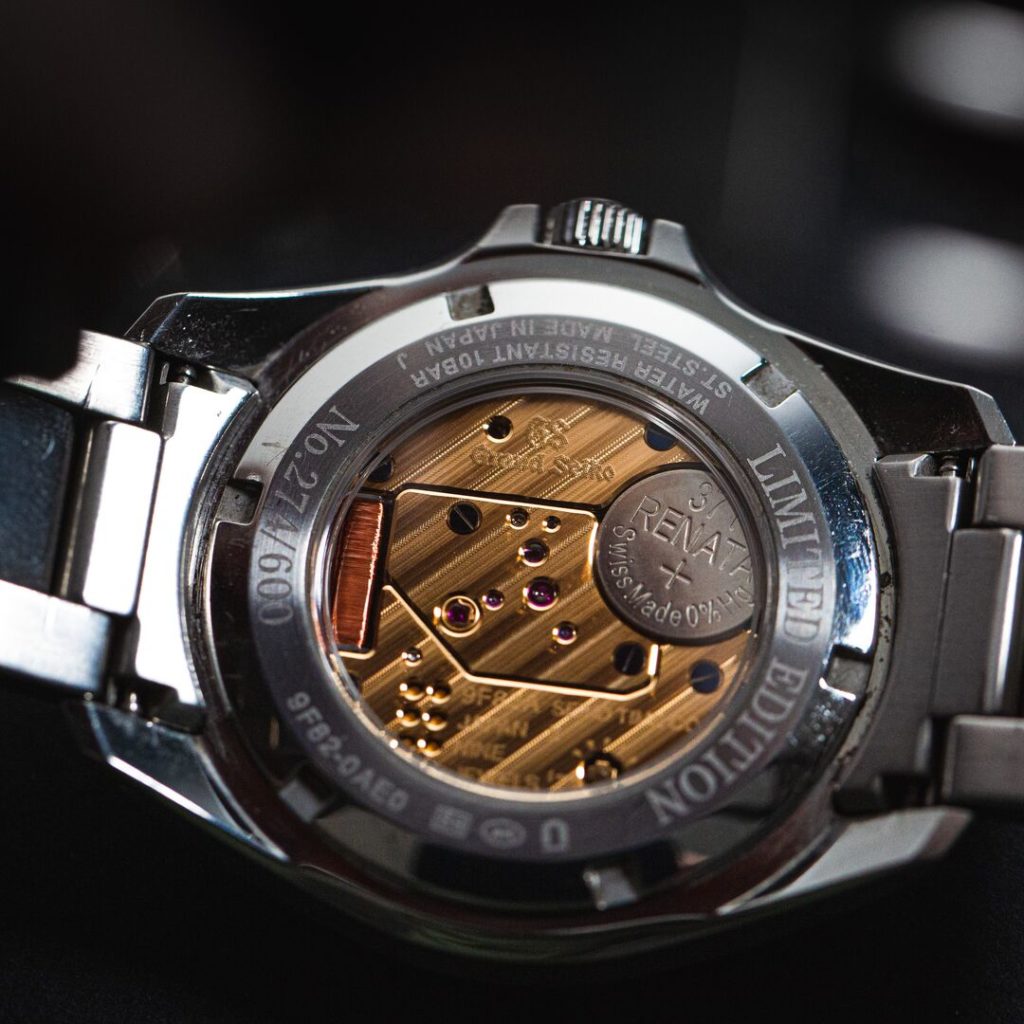
Grand Seiko 9F movement is not your mall watch quartz movement
High-accuracy quartz, for when you never want to be late. To do better than the standard quartz watch, you need to have a better quartz crystal. Seiko, the inventors of the quartz wristwatch, grow their own quartz, and after cutting them into the tuning fork shape, tests the crystal. Seiko will run a current through the crystal for 90 days to test the accuracy of the oscillation, something that can change very slightly depending on any flaws in the crystal. The most accurate ones will be put into the Grand Seiko 9F movements. The 9F movement has an accuracy of 10 seconds a year, is hand finished, uses a dual impulse motor to control backlash of the second hand, is encased in a dustproof seal, and is meant to be serviced so that it can last several lifetimes. This is a movement that should be admired for its attention to detail as much as its accuracy. To take it a step further, Grand Seiko will release limited editions that have a five-pointed start on them that indicate an accuracy of 5 seconds a year. These are the watches that get only flawless crystals to ensure their best timekeeping.
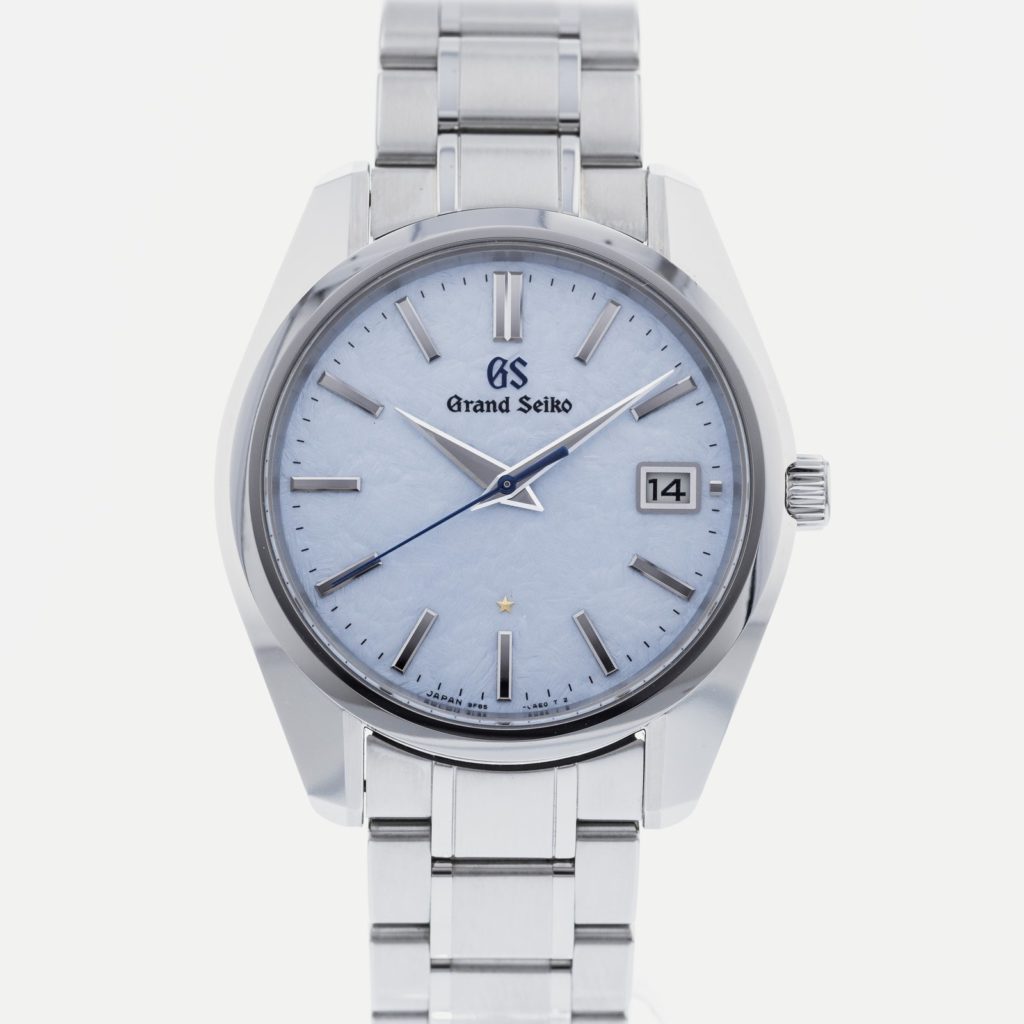
The addition of the Star at 6 o’clock means this quartz watch is accurate to within 5 seconds a year
If you want an accurate watch, then the basic quartz option will do. It will not be something worth passing down, or even last past a battery change or two. If you want something that is both accurate and worthy of being a lifelong companion, then getting a watch that pays attention to both accuracy and build quality of the watch is what you should look for.
You can see all of the Crown and Caliber quartz watch options here.
Get More Articles Like This in Your Inbox
We're constantly creating great content like this. So, why not get it delivered directly to your inbox? By subscribing you agree to our Privacy Policy but you can unsubscribe at any time.





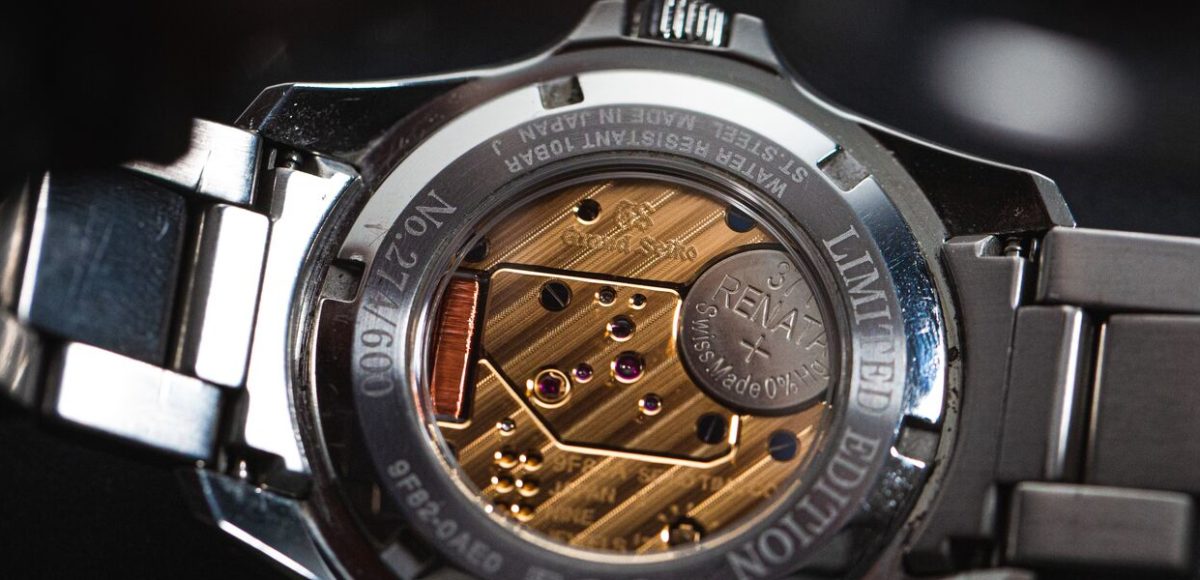
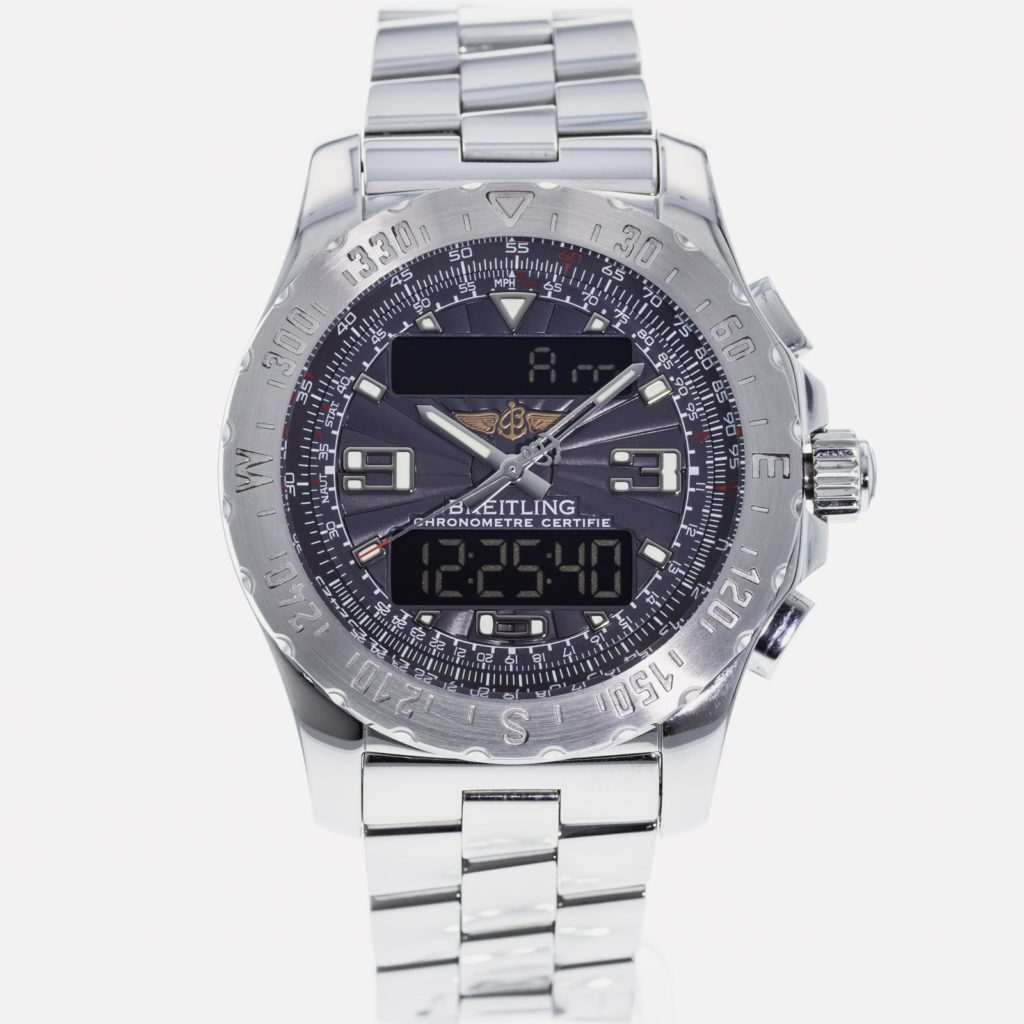

Captain Fury | January 11, 2023
|
Thank you for a great article on an often overlooked but significant segment of the watch world.
One thing I’d like your thoughts on though: when one has a luxury quartz watch with a mechanical gear train, like the airwolf pictured, but it is not in the owner’s standard rotation, what is the best way to prevent wear and tear as it sits for long periods? say, if it is not going to be worn for weeks or perhaps a month or two, for example?
Asking for a friend…